What is the standard of Math currently met by students throughout Latin America? What do the results of the PISA tests tell us? What challenges are we facing and how do we overcome them?

These are just some of the questions that arise as we analyze the latest results achieved by students at secondary schools throughout Latin America. In recent years, the PISA tests (Programme for International Student Assessment) have shone a spotlight on a complex reality: our young people are simply not achieving the results expected for their age group, both in Literacy and in Math.
In this article, we take a look at the Math results achieved during the latest round of PISA evaluations, as well as a report issued by the World Bank-UNICEF in collaboration with UNESCO in 2019.
The PISA tests
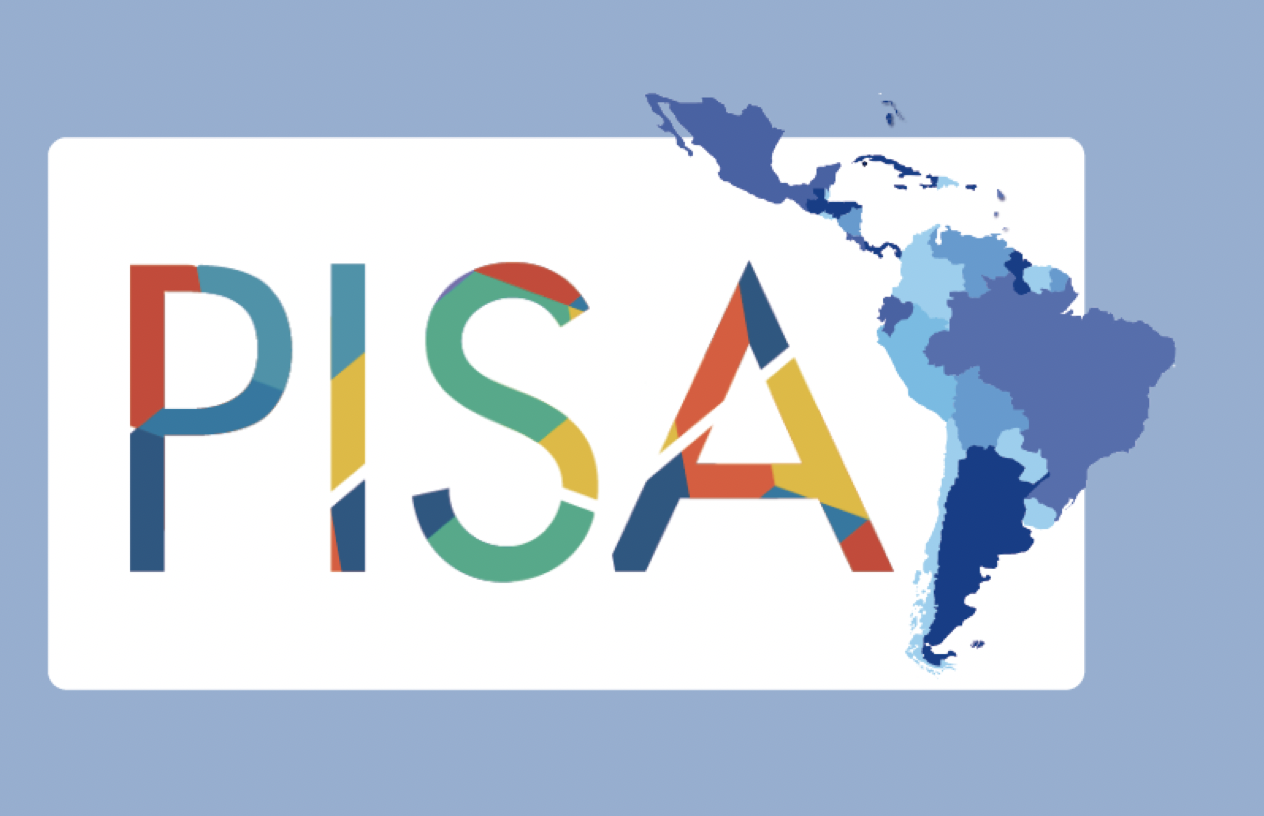
The PISA Report is an assessment launched by the Organization for Economic Cooperation and Development (OECD) in 2000. The study is carried out in different countries around the world to benchmark the capabilities of 15-year-olds when it comes to using language, math and science skills to tackle real-life challenges.
The evaluation is based on standardized tests held every three years in various countries, regardless of whether or not these are OECD members. The tests provide comparable data that enable countries to fine-tune their educational policies and consequently achieve better results, as the analysis is not about evaluating each student but rather about providing an overall look at the national educational system.
The tests are held among representative samples of between 4,500 and 10,000 students per country. This sample size allows certain inferences to be made regarding the country as a whole, but lacks the level of detail required to form any conclusions about regions or states.
The process takes place every three years, and the latest round was originally scheduled for 2021. However, it was pushed back to 2022 because of the pandemic, and the results from these tests were thus released towards the end of 2023.
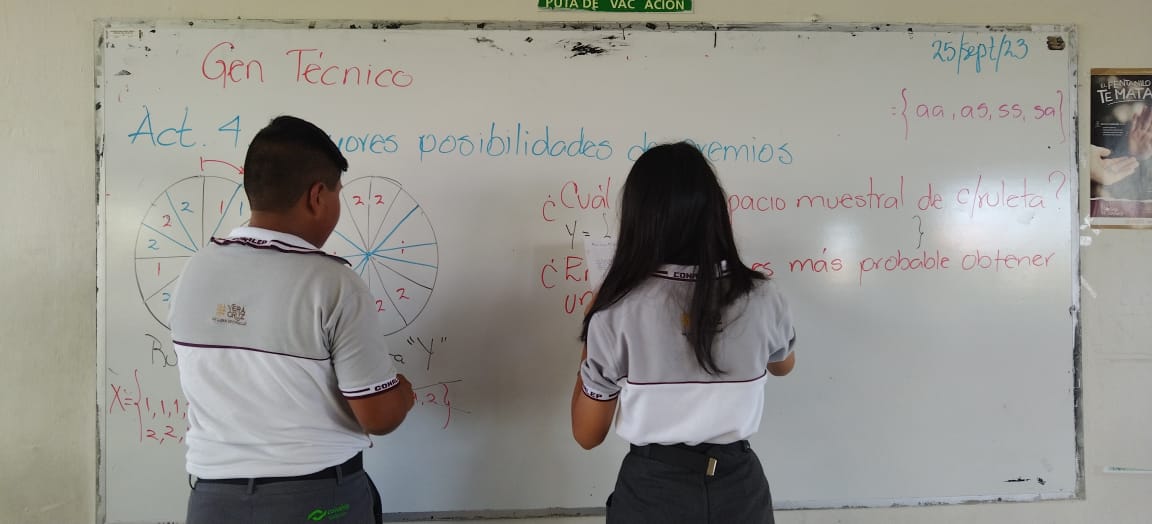
PISA: Math results from 2012, 2015, 2018 and 2022, with a focus on Latin America
All the Latin American countries taking part in the PISA tests rank among the lowest in terms of their performance in Math.
Until 2018, of all the countries in Latin America, Chile and Uruguay revealed a certain degree of consistency and even showed signs of improvement from one evaluation to the next. Peru and Colombia also displayed significant progress: Peru improved by 108 points over 18 years, while Colombia increased its score by 21 points in 12 years. In both countries, this qualitative improvement had to do with the implementation of educational reforms aimed, on the one hand, at helping teachers by providing training and support; and on the other, at redefining teacher remuneration scales by incorporating merit-based incentives.
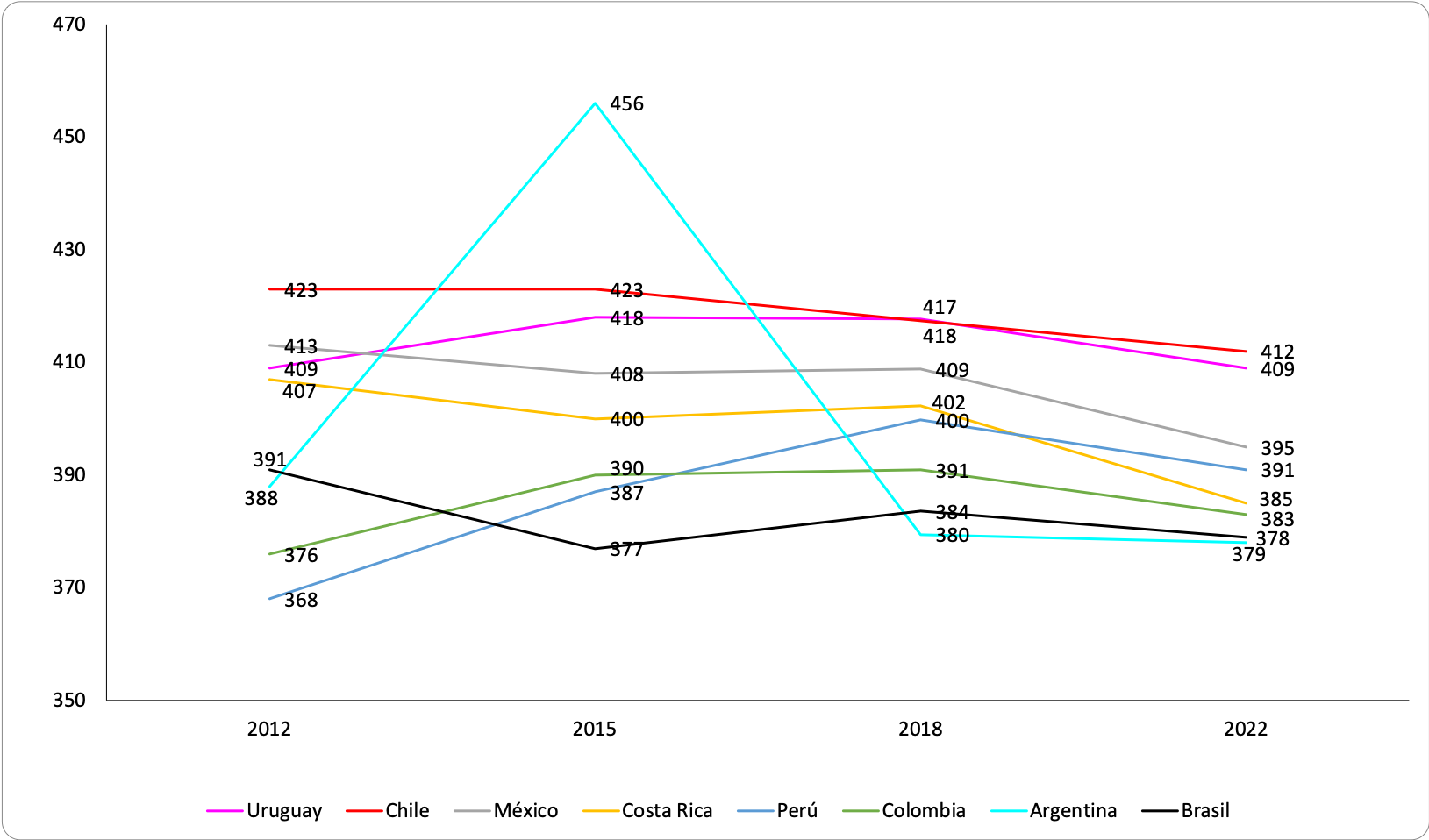
As seen in the graph, in 2022, the standard of Math results fell in all countries compared with 2018. Some countries showed considerable differences, such as Mexico (-14 points), while others had less of a drop, such as Argentina (-2 points). Although Argentina showed the least dramatic fall in performance in the post-pandemic evaluation, it still lies in last place in the region, achieving 378 points in Math and coming in just below Brazil (379), Colombia (383) and Mexico (395).
It is worth clarifying that in most Latin American countries, the fall overall has not been as abrupt as in OECD countries, but the data is nonetheless worrying. Three out of every four students in this region do not have a grasp of basic Math competencies.
Students with low performance in Maths. Source: BID.
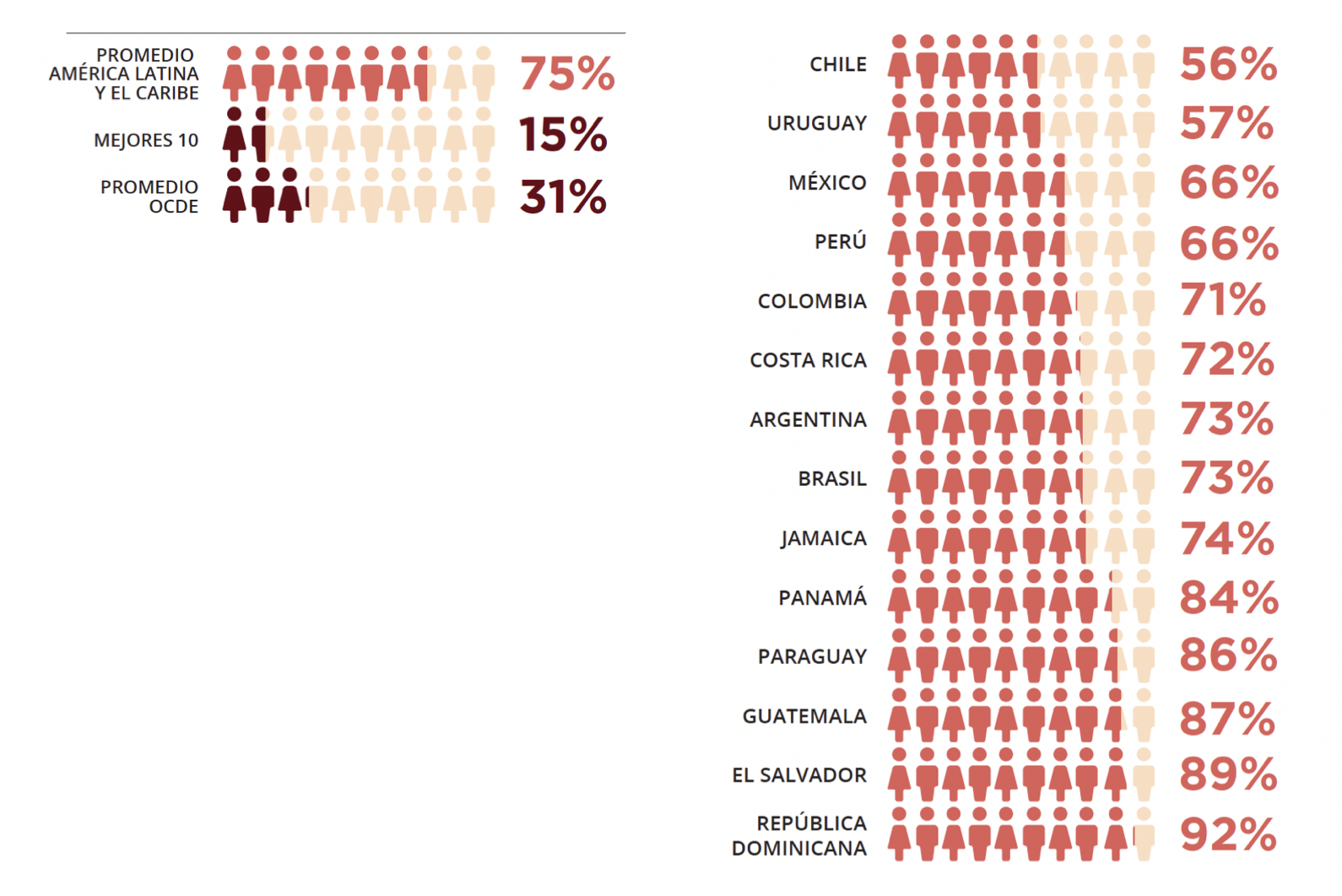
World Bank-UNICEF report
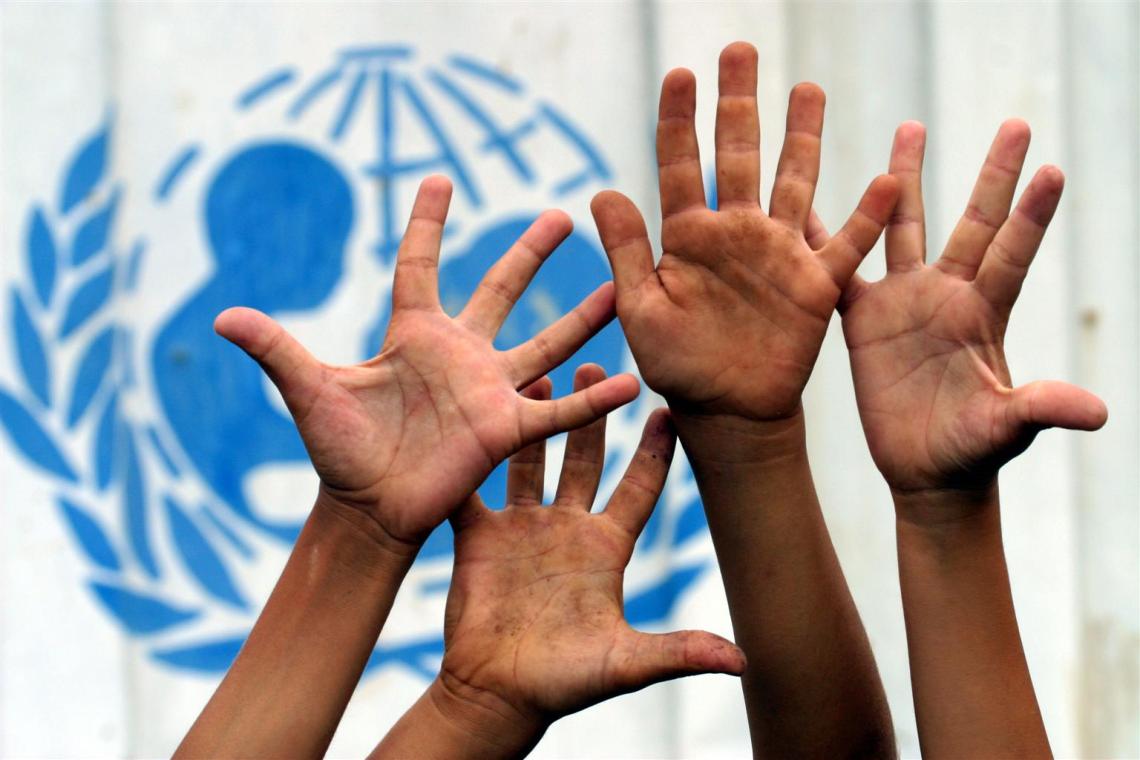
According to a report issued by the World Bank-UNICEF, in collaboration with UNESCO (2019), 83% of 6th grade children in Latin America have not reached the minimum level of performance required in Math.
Math standards in primary schools (6th grade)
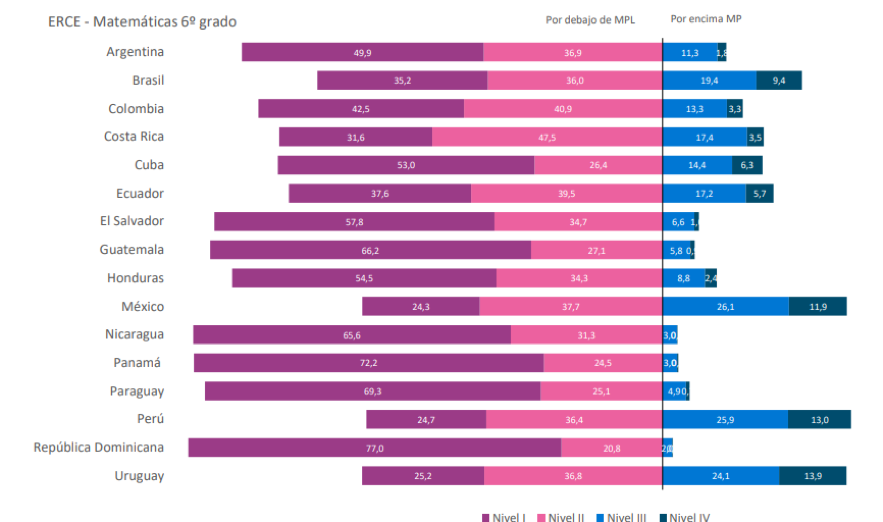
How to improve Math learning
“The first thing to point out is that the low Math results achieved in schools in Latin American countries were already a feature since before the pandemic. What the pandemic did was to throw these into relief, as evidenced by the PISA results,” clarifies Daniela Reyes-Gasperini, Doctor of Science, Director of Teacher Empowerment and global Mathematics advisor for the Community Relations department of the Techint Group. She explains that, “Our priority now is to enhance the strengths of our teachers so that we can accompany the process of transformation in the classrooms from within. We must focus our efforts on working closely together with schools and teachers to achieve significant improvements in student learning.”
Reyes-Gasperini considers that there are other underlying problems affecting Math education that should be considered: principally, deficient socioeconomic conditions and the educational gaps that are all too common in Latin America. She also believes that teachers need to have proposals that take into account the professional development they need in the context of ICTs (Information and Communications Technologies).
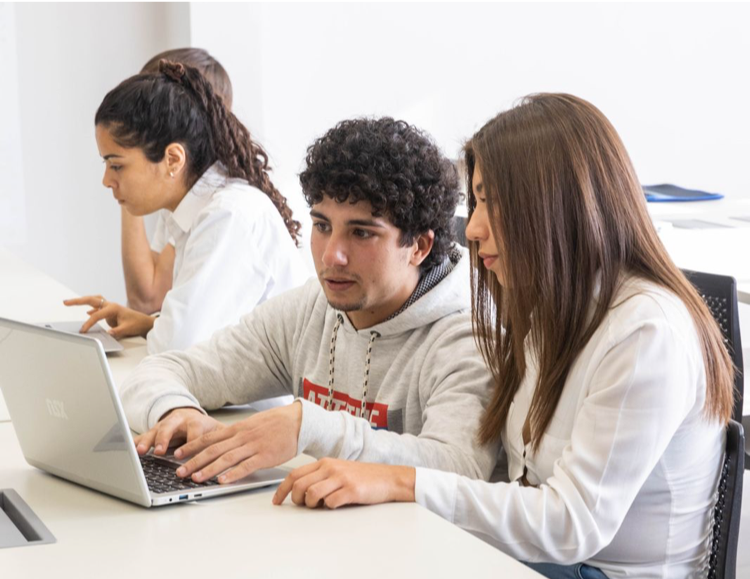
For Erika Bienek, Director of Community Relations of the Techint Group, “these results urge us more than ever to become increasingly involved and step up our commitment to quality education. We live and work in Latin America, and these children and young people are not just members of our communities, they are the future.”
The question is, how can the Techint Group collaborate through its educational programs to help teachers so that they receive the right training and can implement innovative learning methodologies? Also: how can we accompany students to help them successfully forge their educational paths?
Read the other articles in the newsletter for a more in-depth look at these topics:
The challenges of learning math in primary schools
Nurturing mathematical thinking in secondary schools